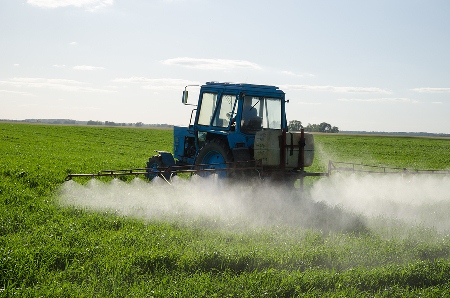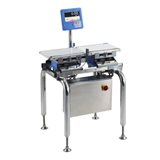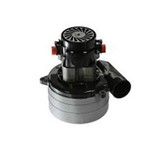Yet every day farmers the length and breadth of the country leap out of bed and attempt to negotiate all manner of living things over a dazzling array of hurdles thrown up by climatic and commercial adversaries.
And get said living things to market in a state that keeps life liveable. Farming isn't for everybody and few industries are subject to so many unknowns that can't be factored into annual projections.
It's an industry reliant on a capacity to deal with unreliability and an industry that deserves far more credit and support than it currently gets. Meantime here are some of the bigger challenges facing our great southern farmers.
Our great saline land
Australia has the distinguished position of being one of the oldest continents on earth. Unfortunately it also has the rather dubious distinction of being one of the driest. Worse, prolonged and intensive farming has left vast tracts of land severely affected by salinity.
Estimates suggest that as many as 17 million hectares of land may be affected by 2050.* However it's not all doom and gloom. Some areas could be saved by schooling farmers on how to grow more suitable crops. Commercial tree plantations are another viable option.
Our great in-the-red land
According to OECD estimates European farmers receive US$116 billion in government support, farmers in Japan receive US$54 billion and Korean farmers US$22 billion. Australian farmers get a paltry US$960 million despite a desperate need for better infrastructure and the constant threat posed by Mother Nature. As if that's not enough, farmers are making less and less for the same produce. Relief is, however, on the horizon with new bilateral free trade agreements likely to improve the overall picture in time.
Our not so great weather land
The world's weather has stopped being a system and become more of a random source of chaos, the only pattern being its consistent severity. Major weather 'events' are now so commonplace they have ceased to surprise and it's no surprise to find an amended long term forecast for farming.
What to grow is now almost less important than where to grow. Sadly farmers deemed to be plying their trade in areas of high climatic uncertainty will struggle to garner ongoing customer and investor confidence and may be forced to give up or relocate. While weather forecasting and advance warnings systems have improved at about the same rate as the weather has deteriorated, this won't be enough to save many Australian regions as viable farming land.
Our great slightly unappealing farmland
Agriculture contributes a surprisingly unspectacular 2.3 per cent of GDP, though this is through no lack of trying. In fact, productivity is as good as it's ever been. Rather, the small nature of this figure is due to the growth and disproportionately high contributions of the manufacturing, mining and service industries.
As a result these industries are attracting skilled labour. Agriculture isn't. Our farmers are ageing and new recruits are hard to come by. University graduates take one look at the hardships and volatility of farming and look quickly away in search of a sexier and easier way to make a living.
Our great fortress land
'Fortress Australia' and the Australian government's uncompromising approach to biosecurity have been widely criticised. It may now prove to be farming's saviour. Consumers worldwide are demanding more sustainable products and far greater transparency in the produce they buy.
This trend is working its way swiftly through supermarkets and is now a major challenge facing the hospitality industry as providers race to produce sustainable menus to satisfy customer demands.
Australia's international reputation for food quality and safety is well established and biosecurity is in no small part responsible for this. With the sustainable food wave only likely to get larger, farmers may just have the crest they need to propel them into a more viable (and sustainable) future.
*Commonwealth Department of Sustainability












